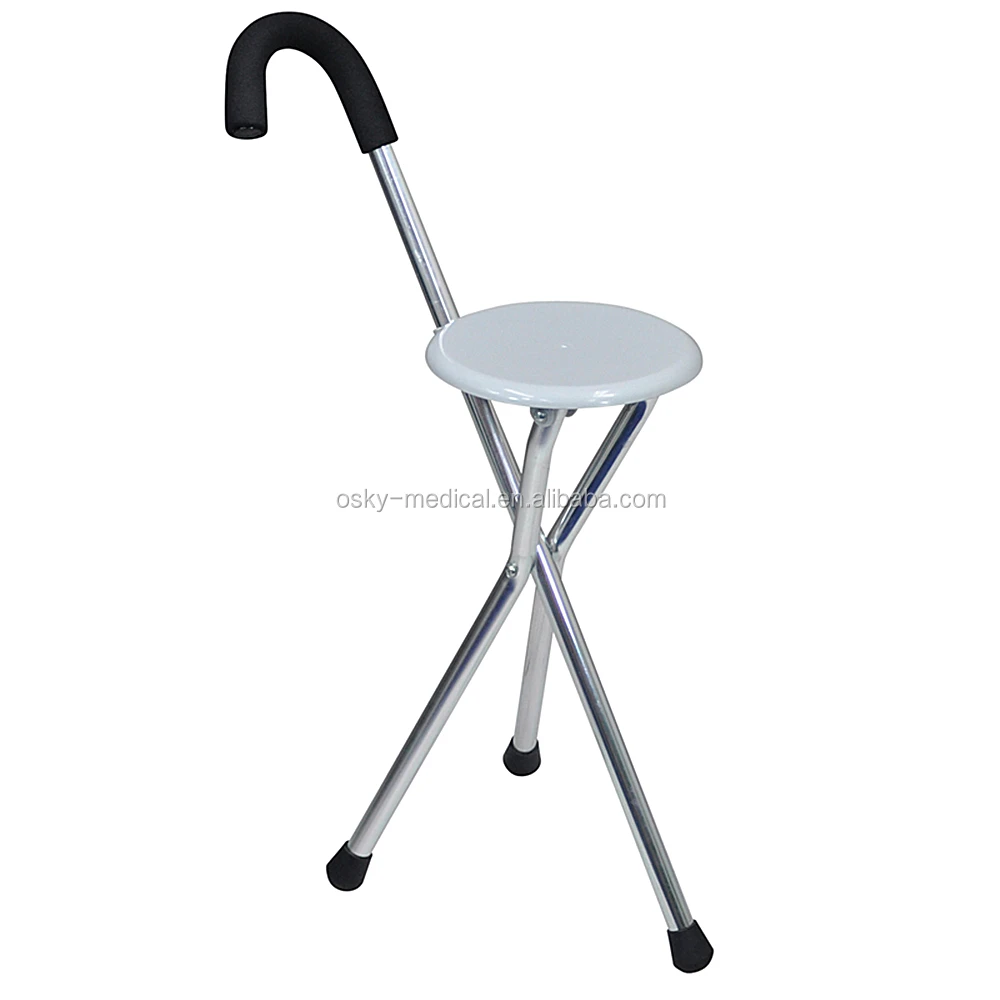
Comfortable – I’ve seen some really bad canes.Stable – The purpose is to be more stable, so don’t compromise this with fancy features you see with some unique canes out there!.But first, make sure your cane meets these criteria: We’ll get into the fun features like decorative canes or unique cane options. Let’s look at the criteria for selecting the best walking cane for you. As a Physical Therapist, I recommend walking canes to my patients every week. Using an improperly fitted walking cane can result in painful side effects.Some people need a temporary walking cane while others may need to use a cane more consistently. But most medical mobility aids (crutches, canes, walkers, wheelchairs) require customization for maximum effectiveness. Q. Is a proper fit really that important?Ī. If your walking cane is merely a fashion accessory, finding a proper fit is not essential. This is an issue you’ll want to discuss with your physician or a physical therapist, because the biomechanics required for two canes differ from that of a single cane. Many people with limited mobility use two canes with arm supports in order to avoid the complications associated with long-term wheelchair use. Q. Can I use two walking canes at the same time?Ī. Yes, it is possible to use two walking canes at the same time.

If you need a medical mobility aid, don’t settle for a cheap alternative it simply isn’t safe. Most are “one size fits all” and cannot be adjusted properly. They’re often made of cheap materials such as bamboo, plastic, or wood composite.
#Walking canes seats full
Decorative/novelty walking canes aren’t designed to support your full body weight. Q. Can I use a decorative walking cane for medical purposes?Ī. Definitely not. For example, a set of feet with ice grips improves user safety during the slippery winter months. Thankfully, specialized walking cane attachments can help address this issue. Sometimes a rubber tip (or four) isn’t enough. However, the additional weight at the bottom of the cane can cause problems for some users. When not in use, the cane remains upright and easy to access. With every step, these feet make solid contact with the ground, enhancing stability. Some aluminum, steel, and carbon fiber walking canes feature a set of three or four rubberized feet. These caps wear down over time and should be replaced periodically. Medical-grade walking sticks with a single point are usually capped with rubber or polymer for traction. Many wooden and aluminum walking canes feature a single point of contact between the shaft and the ground. At all times, a walking cane must remain stable and secure. While the handle and shaft are both important elements to consider, shoppers should look closely at the place where the rubber meets the road: the cane’s feet.

Some walking canes carry this a step further by employing clamps that fit over the user’s forearms for additional support. This design places all of the user’s weight on the shaft, maximizing stability and reducing hand/wrist fatigue. The offset handle curves away from the shaft in a gooseneck, then curves back to form the user’s actual grip. Offset handles solve the weight-bearing problems suffered by most round and derby handles. One drawback to this design is that the user’s hand falls behind the cane’s shaft, reducing the amount of body weight the cane can bear. People with limited grip strength may fare better with a derby handle than a round handle. Others, comprised of strong polymers, focus solely on function. Some derby handles are made from pricey materials such as pearl or precious metal. Those with arthritis or other hand/wrist issues may wish to consider a cane with a derby or offset handle.ĭerby handles sport a stylized L-shape that extends back toward the user. People who use this type of cane need a strong grip for maximum control. The handle might be reinforced with metal or padded with foam for comfort. Round handles exemplify the traditional wooden walking cane.The end of the shaft features a C-shaped curve, which is the handle. Most walking cane handles hail from three schools of design: The choice of a handle for a walking cane may seem like an afterthought at first, but a cane’s handle affects user comfort as well as aesthetics.


 0 kommentar(er)
0 kommentar(er)
